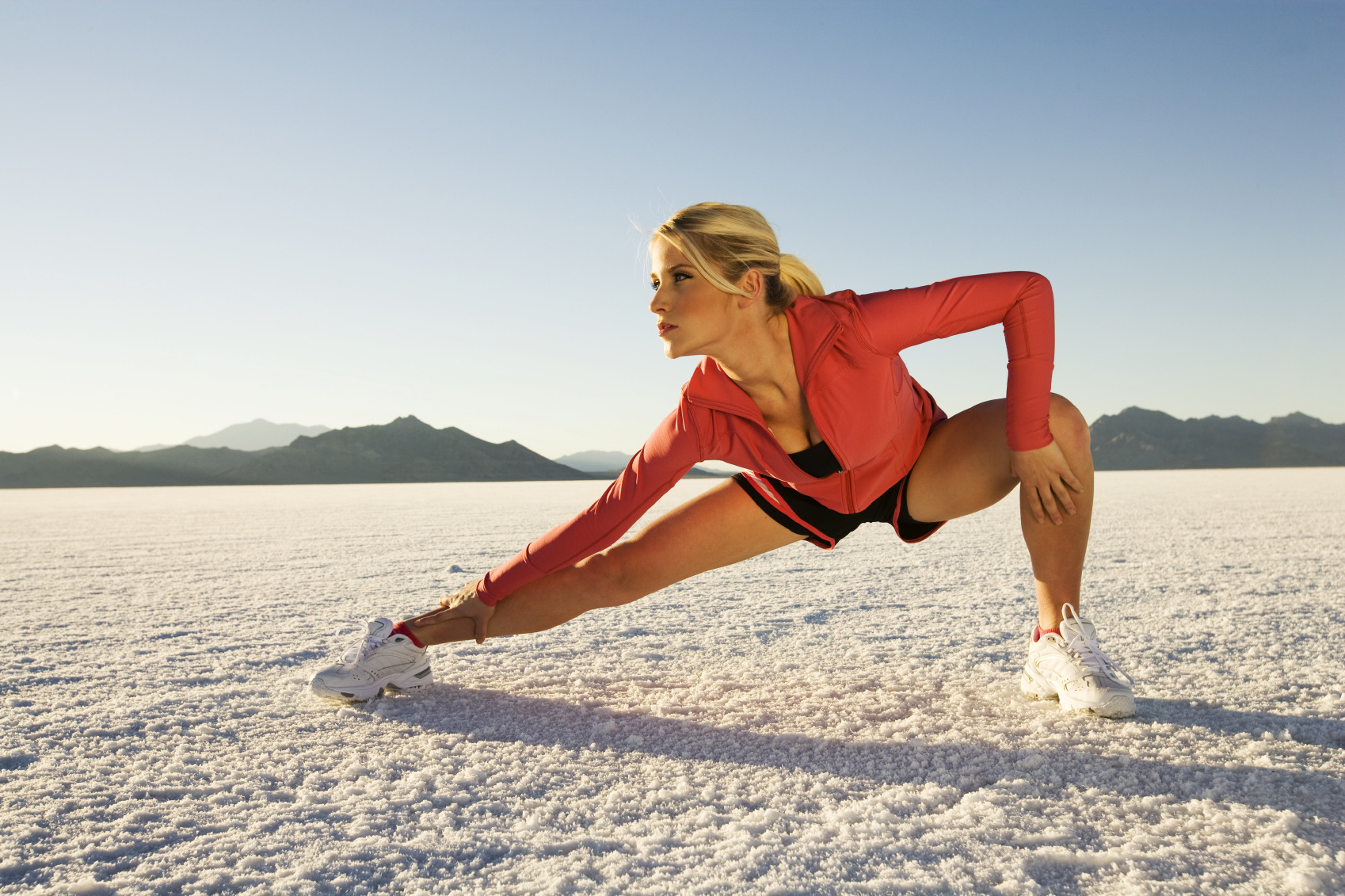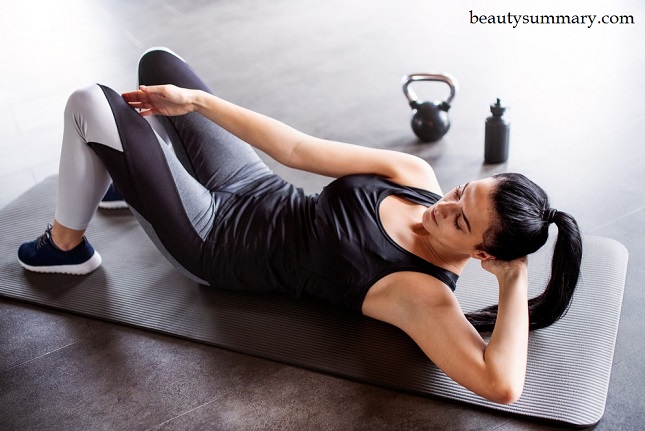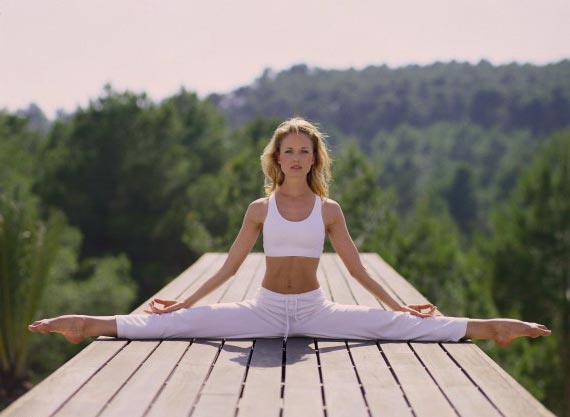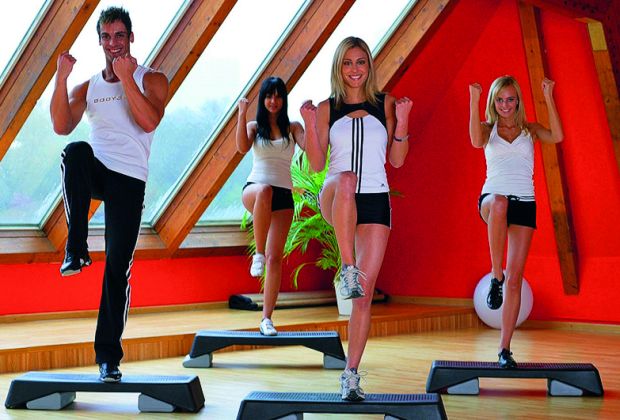Content
- Advantages and disadvantages
- Contraindications
- Stretching at home and in the hall
- Recommendations
- Lesson example
Stretching or stretching is a set of exercises aimed at developing flexibility. An additional effect of stretching is a strong relaxation of the whole body. That is why this training was widespread and firmly rooted in the schedule of many sports clubs.
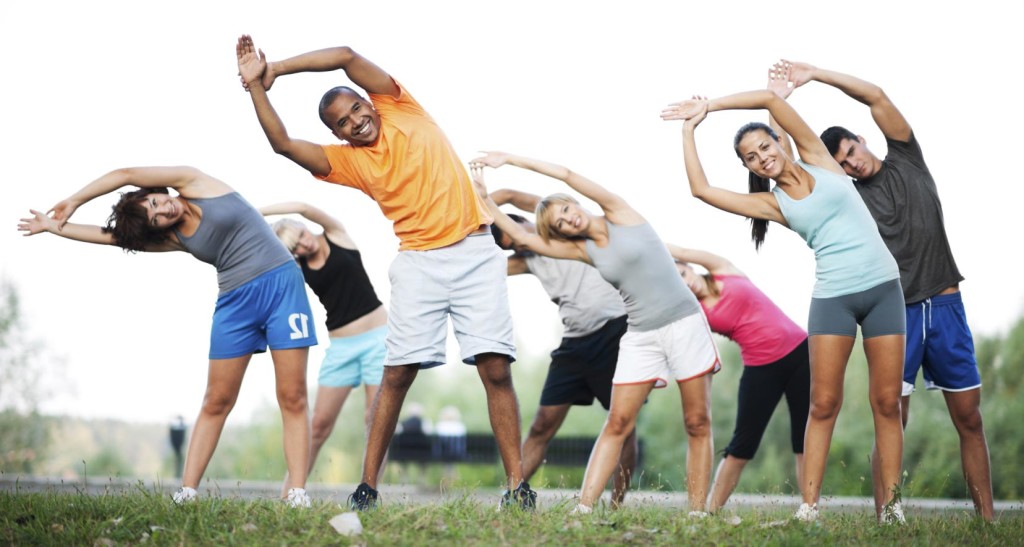
Stretching is a universal workout. It can be carried out both in a group and independently at home..
Advantages and disadvantages
Content
- Advantages and disadvantages
- Contraindications
- Stretching at home and in the hall
- Recommendations
- Lesson example
The advantages of stretching training include:
- increased muscle elasticity and (as a result) less susceptibility to injuries, slowing down the aging process;
- improved mobility of ligaments and joints;
- decrease in muscle pain;
- the formation of a beautiful figure due to the greater muscle relief;
- the opportunity to conduct classes both in the hall and at home;
- endurance development;
- relaxation and stress relief.
Fitness instructors also note the following drawbacks of stretching:
- the need for regular classes, as the progress achieved is very quickly lost;
- the likelihood of pain and injury with too much muscle strain.
To avoid negative consequences and maximize the benefits of training, beginners are advised to choose simple exercises and increase the load gradually. The optimal number of classes is 1-2 times a week.
Contraindications
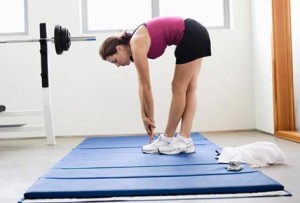
Stretching training will benefit both young girls and ladies in age and men. But, like any activity, stretching has some contraindications.
The advantageous difference between stretching and other physical exertion is the almost complete absence of contraindications. Doctors are convinced that proper stretching will benefit everyone who is allowed to engage in general physical training. For this reason, its elements are included in the rehabilitation program after injuries and in the plan of physical therapy exercises.
Doctor consultation before starting training is recommended in case of:
- muscle and joint injuries;
- severe curvature of the spine;
- osteoporosis;
- hernias;
- diseases of the cardiovascular system.
Stretching at home and in the hall
There are two varieties of stretch marks. Dynamic stretching involves sharp movements with large amplitudes (for example, swings). In this case, the muscles are stretched quite quickly and quickly. Such training is allowed only to trained people..
Static exercises are performed at a calm pace without sudden movements. For most of the exercise, the muscles remain stretched and motionless. This is the type of stretching needed by beginners.
In the schedule of fitness clubs you can find various classes on stretching. Among them there are trainings on special simulators and exercises in pairs. Stretching with a partner is very effective – body weight is used as a weight and helps to stretch better.
Many are interested in whether a beginner can master stretching at home. Experts are convinced that, subject to all the rules, a full-fledged training can be carried out independently..
Recommendations
How to prepare for stretching and not get hurt during the session?
- One of the most important conditions is muscle preheating. It will prepare the body for work and increase the effectiveness of stretching. Just 10-15 minutes of exercise at a fast pace is enough. Remember physical education lessons at school: running on the spot, jumping and turning are perfect.
- Stretching is fully characterized by the saying “better is less, but better”. It is always better to perform fewer movements, but make them better. The same applies to the frequency of classes. If you don’t have enough time for a full workout, it’s worth doing at least a few exercises.
- All elements must be held for 30-60 seconds until the muscles are completely relaxed and a pleasant sensation appears. If after this time the primary pain did not pass, then the stretch was too strong and it must be weakened. Work to overcome muscle pain, no need.
- In the process of exercise you need to breathe deeply and evenly. Holding the breath, which often facilitates the execution of movements, is prohibited. Start each new exercise with a breath..
- Try to focus on those parts of the body and muscles that you are stretching. This increases the efficiency of classes and reduces the trauma of stretching at home..
- Exercise in loose clothing and comfortable shoes. Many people like to stretch barefoot..
Lesson example
Standard stretching training should include elements such as a warm-up, directly stretching exercises, and a hitch. After warming up, you can start stretching.
- Stand straight, raise your arms and stretch up, lifting your shoulders and chest.
- Place your hands behind your back and snap your fingers together. Pull in your stomach and lean down. During this movement, breathe evenly and gently move your arms back.
- Standing straight, bend your knees slightly. Lean over and try to touch the floor with your palms. After that, try to straighten your knees as much as possible..
- Straighten and place your legs apart. Pull in your stomach and slightly raise your chest. Put your right hand on your right thigh, and raise your left hand above your head. With your left arm, pull to the right with force. Repeat the other way.
- Put your legs wider than your shoulders and sit down. Lock your palms on the floor. Slide your right foot to the side and bend your left foot. Control your feet during exercise: they should touch the surface of the floor with the entire sole. Repeat movement with the other leg.
- Lie on the floor and pull your knees to your chest. Then straighten your legs up one after the other..
- Staying on your back, pull your knees to your chest. Grab your feet with your palms and try to straighten your legs.
- Sit on the floor and cross your legs. Turn your head left and right so that you can see your shoulder.
You will find more various exercises for stretching in a separate article: “Transverse Twine – 15 Stretching Exercises”.
After the stretching is completed, take a few minutes to hitch. Lie on a flat surface and try to relax completely. Remove tension from different parts of the body one by one. First relax your toes, then your feet. Walk slowly to the neck and head.

You can do your own stretching at home using special exercises.
Regular stretching allows you to create a flexible and beautiful body. It is entirely possible that one won’t be able to stand on the bridge or sit on the splits after the first lessons. But results such as improved posture, reduced stress, and the disappearance of back pain will be immediately noticeable..






